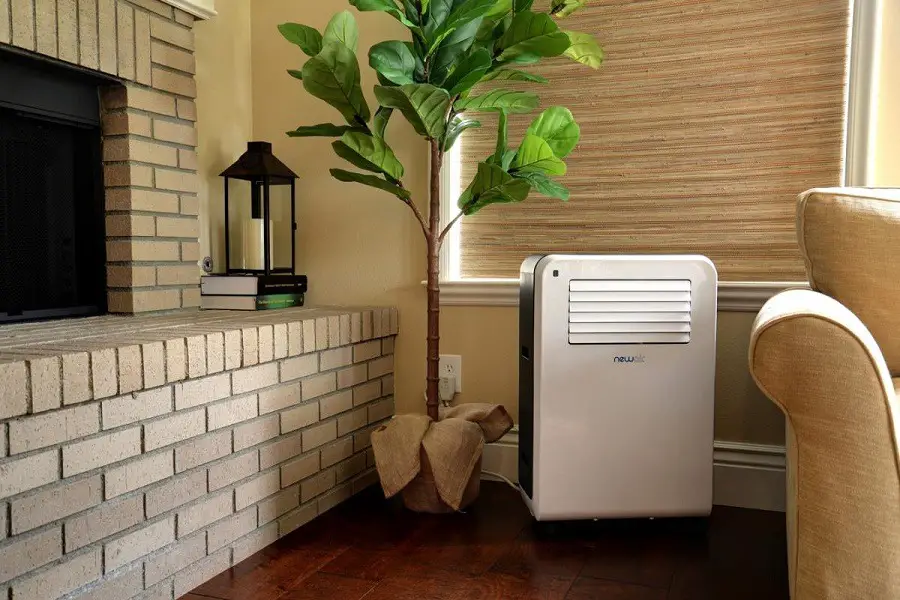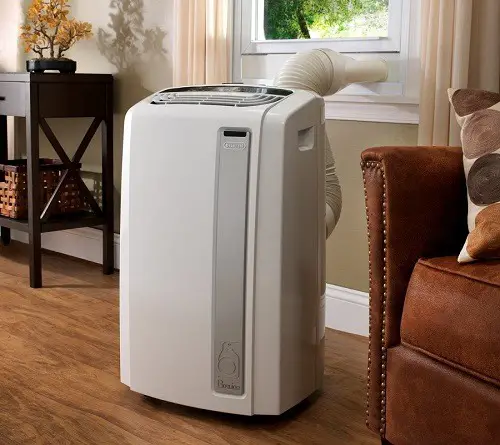Portable air conditioners are simple and easy way to cool rooms that either have no air conditioning or need an extra boost.
When selecting the right portable air conditioner for your home, room, garage or work space, it's important to understand the specific energy required to do the job.
This guide will show you how to size a portable AC in terms of BTUs, a specification that all of today's units carry on their labels.
One thing you must keep in mind is that portable air conditioners shouldn’t be approached with a “bigger is better” attitude, or even a “well, this one was on sale so I bought it” approach.
The number one thing that determines the system you should buy is the room size that you will be using it in - along with a few extra considerations.
NOTE: If you are still searching for a portable AC for your home, then check out our updated list of the best portable air conditioners selling right now:
Best Portable ACs of 2020
See our top picks for every size room and budget - with reviews, pros/cons, buying tips & more!
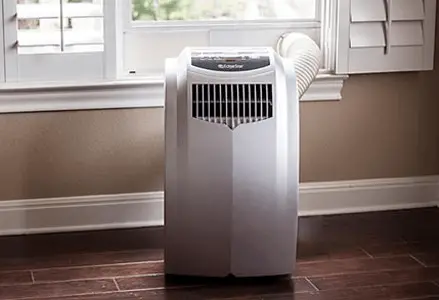
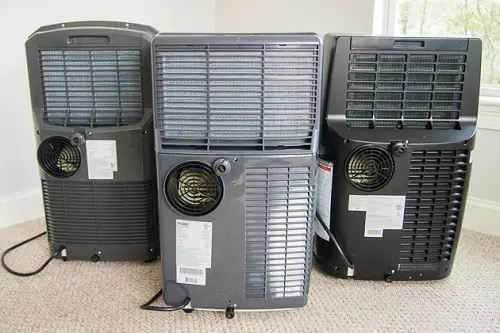
This is important to say up front:
You can buy the wrong portable air conditioner.
However, this is easy to avoid if you know what you’re doing.
Fortunately, there is a simple way to determine the right size of portable air conditioner that will give you optimal results.
And it all starts with understanding the energy requirements of the room you will be cooling.
What Is a BTU?
When it comes to determining the right unit size, BTU’s (British Thermal Units) are where everything starts.
There are other features and characteristics to consider when making your final choice, but nothing is more important than selecting a unit with the right BTUs for your room, environment and needs.
BTU is an acronym that stands for “British Thermal Unit.” It used to be an exclusively British measurement, but has long been the standard by which an air conditioner of any type is sized.
Any portable air conditioner you come across will have its BTU amount displayed prominently.
So what exactly is a BTU?
BTU refers to the amount of energy needed to raise the temperature of 1 pound of water 1°F at sea level. While altitude can have a slight effect on accurately determining BTU’s, the measurement refers to how many BTU’s per hour the product can remove from the air around it.
Make sense?
A unit with a high amount of BTU’s means that it can remove the heat amount in a larger room at an appropriate rate, which results in it cooling the room down.
Too Much or Too Little Is BAD
If you’re thinking that a unit with a higher amount of BTU’s is the best way route to take, you're wrong.
It is possible to have too many BTU’s for your particular room and environment, just as it is possible to have too little.
If you use a portable A/C with too a high BTU rating in a small room, you’ll experience unsatisfactory results, while also decreasing the lifespan of your air conditioner.
If the BTU amount is too high for the room, the unit will cool very quickly, but then cycle off and then back on, repeating the process to maintain the temperature you have it set too.
The repeated cycling will cause the unit to not remove the humidity from the air like it’s supposed to.
The end result is an overworked air conditioner, an energy bill that is higher than it should be, and a room that feels balmy from the excessive humidity generated.
An insufficient amount of BTUs is just as bad.
If your room is too big for your unit’s BTU rating, it will run its cycle non-stop and overwork the air conditioner. You’re left with a hot room and a higher energy bill, and wasted money on a unit that can’t do its job.
Calculate Your BTU Requirement
The BTU requirement of a room is difficult to estimate precisely, but you can select the right unit with the right range of BTUs to match your cooling needs and leave you with a properly cooled room.
The standard rule is that a portable air conditioner unit needs approximately 20 BTU for each square foot of floor space you cooling.
To measure your space, multiply the length of the room by the width, and you have your square footage.
Here are reliable BTU estimates for three common room sizes:
- 300 square feet or less = 10,000 BTU
- 500 square feet = 10,000 - 14,000 BTU
- Over 500 square feet = 14,000+ BTU
Adjustments
Since no room is exactly the same due to obtuse shapes and other factors such as ceilings and sunlight, there are a few more 'adjustment' factors that need to be accounted for when determining your final BTU requirement.
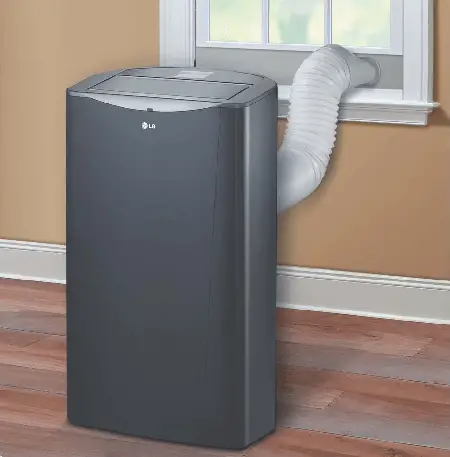
- If the space has a ceiling higher than 8 feet, increase the amount of BTU by 10 percent for each foot.
- If your space is heavily shaded, or you can block out nearly all of the sunlight, reduce the BTU capacity by 10 percent.
- If the space is sunny and full of window light on a regular basis, increase BTU capacity by 10 percent.
- If there are more than two people who will be in the space with regularity, add 600 BTU for each person that will be occupying it.
- If the unit is used in a kitchen with heavy appliance use, or in a warmer space such as a server room, increase capacity by 4,000 BTU.
Final Word
So, to sum it all up, any space will be warmer than a normal room, or gives it an increased volume, needs a little more BTU capacity, on top of the standard calculation.
By accurately adhering to these measurements and variables, you can be sure that you’ll choose the right size of portable air conditioner for your particular space, and avoid any issues that would result in inadequate performance.

